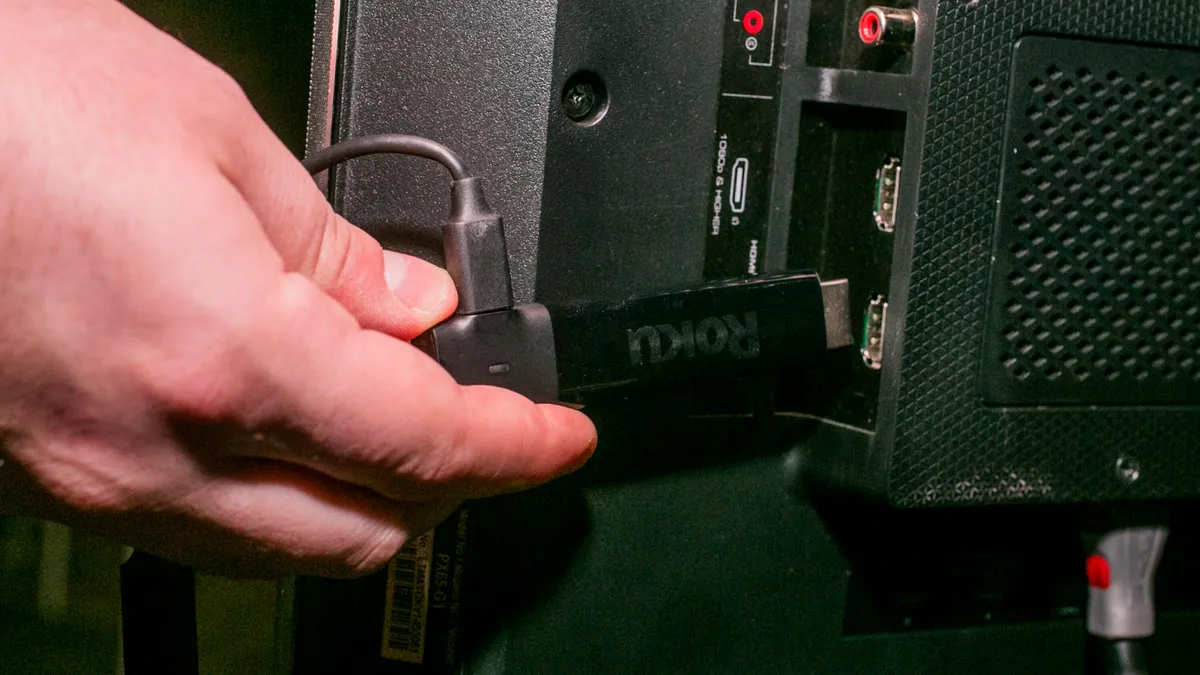Ultrasonic cleaners are a powerful tool for deep cleaning, offering the ability to remove dirt, grease, and other contaminants from delicate items such as jewelry, medical instruments, and electronic components. However, the effectiveness of an ultrasonic cleaner doesn’t rely solely on the machine itself, it also depends on the cleaning solution used. The right liquid can greatly enhance the cleaning process, while the wrong one could potentially damage the items being cleaned or reduce cleaning efficiency. So, what liquid do you use in an ultrasonic cleaner? Let’s explore the different types of liquids, their purposes, and how to choose the best solution for your cleaning needs.
The Role of Liquid in Ultrasonic Cleaning
Ultrasonic cleaners work through a process called cavitation, in which high-frequency sound waves create microscopic bubbles in the cleaning solution. These bubbles form and collapse rapidly, generating intense energy that effectively removes contaminants from surfaces.
The liquid in the ultrasonic cleaner acts as the medium for cavitation and plays several key roles:
- Transmission of sound waves: The liquid ensures the ultrasonic waves are transmitted uniformly throughout the cleaning tank.
- Loosening contaminants: Cleaning solutions can break down dirt, grease, and other contaminants, making them easier to remove during cavitation.
- Suspending particles: Once contaminants are dislodged, the liquid suspends them, preventing them from reattaching to the cleaned item.
Using plain water may suffice for some tasks, but for most applications, a specialized cleaning solution is recommended to achieve optimal results.
Types of Liquids Used in Ultrasonic Cleaners
Choosing the right liquid depends on the type of items being cleaned and the contaminants being removed. Let’s take a look at the most common options:
1. Water
- Best for: Basic cleaning tasks, such as removing dust or light debris from non-sensitive materials.
- Effectiveness: Plain water can work in ultrasonic cleaners, but its effectiveness is limited. It lacks the ability to break down tough contaminants like grease or oils, so for most applications, it is best to add a cleaning agent to enhance performance.
2. Water-Based Detergents
- Best for: General-purpose cleaning of items like jewelry, glassware, plastics, and metals.
- Effectiveness: Adding a small amount of detergent to water significantly improves cleaning by reducing surface tension, allowing cavitation bubbles to form more easily. Detergents can also dissolve oils, grease, and grime, making them easier to dislodge. These cleaning solutions are widely used because they are mild, non-toxic, and safe for a variety of materials.
- Example: Dish soap or mild alkaline cleaning agents.
3. Alkaline Cleaning Solutions
- Best for: Removing oils, grease, carbon deposits, and dirt from metals and hard surfaces.
- Effectiveness: Alkaline solutions (with a pH greater than 7) are ideal for cleaning hard surfaces such as steel, stainless steel, brass, and copper. They are particularly effective at breaking down oils, grease, and other organic contaminants. These solutions can be gentle enough for regular use, but care must be taken when cleaning certain materials like aluminum, which may be damaged by strong alkaline solutions.
- Example: Commercial alkaline cleaning agents for ultrasonic cleaners.
4. Acidic Cleaning Solutions
- Best for: Removing rust, oxidation, or mineral deposits from metals.
- Effectiveness: Acidic solutions (with a pH less than 7) are highly effective at cleaning metals and removing corrosion, limescale, and other mineral buildups. However, these solutions can be harsh and may damage sensitive items or delicate materials. They should be used with caution and only on surfaces that are known to tolerate acidic environments.
- Example: Vinegar (a weak acid) or commercial acid-based cleaning solutions.
5. Solvent-Based Solutions
- Best for: Cleaning oil-based contaminants, such as grease, waxes, or resins.
- Effectiveness: Solvent-based solutions are used in industrial applications where oil-based contaminants need to be removed. These liquids work by dissolving the oils and grease, allowing cavitation to remove the residues more easily. Solvent-based cleaners, however, can be flammable and pose health risks, so they should be used with proper ventilation and safety precautions.
- Example: Isopropyl alcohol (IPA), acetone, or other industrial solvents.
6. Enzymatic Cleaners
- Best for: Cleaning biological materials, such as blood, proteins, and other organic contaminants from medical and dental instruments.
- Effectiveness: Enzymatic cleaners are highly effective at breaking down organic contaminants and are commonly used in healthcare settings. These biodegradable, non-toxic cleaners work well for cleaning instruments that come into contact with body fluids or other organic materials. Enzymatic solutions are gentle enough for use on sensitive instruments and delicate surfaces.
- Example: Enzyme-based cleaning solutions formulated for medical use.
7. Deionized Water
- Best for: Sensitive items like electronics, circuit boards, and glass.
- Effectiveness: Deionized water is used when mineral-free cleaning is required, as it does not leave any mineral deposits or spots on cleaned items. It is especially useful for cleaning delicate electronics or glassware. However, it is often combined with other cleaning agents to improve its cleaning power, as pure water may not effectively remove oils or heavy grime.
Factors to Consider When Choosing a Cleaning Solution
1. Type of Contaminant
The cleaning solution should be chosen based on the type of dirt or contaminants you are trying to remove:
- Grease and oil: Alkaline or solvent-based cleaners.
- Rust or oxidation: Acidic cleaners.
- Organic matter (e.g., blood or proteins): Enzymatic cleaners.
- Dust or light debris: Water or water-based detergents.
2. Material of the Object
The material of the item being cleaned will determine whether you need a gentle or strong cleaning solution:
- Jewellery: Use mild detergents or specially formulated jewellery cleaners.
- Metal parts: Alkaline or acidic solutions work well for tougher materials like steel or brass.
- Electronics: Deionized water combined with mild cleaning agents is recommended to avoid leaving mineral residues.
3. Concentration and Dilution
Most ultrasonic cleaning solutions are concentrated and must be diluted with water before use. The recommended concentration will vary depending on the cleaning agent and the level of contamination. Always follow the manufacturer’s instructions to ensure optimal performance and prevent damage to your items.
4. Compatibility with Ultrasonic Cleaners
Not all liquids are safe to use in ultrasonic cleaners. Avoid using flammable solvents, as they pose fire hazards when exposed to ultrasonic waves. Always ensure that the solution you use is specifically formulated for ultrasonic cleaning or has been tested for compatibility with your device.
Using Additives to Enhance Cleaning
In addition to the primary cleaning solution, some users add wetting agents or surfactants to the liquid. These agents reduce surface tension, allowing cavitation bubbles to form more easily, which improves cleaning efficiency.
The liquid you use in an ultrasonic cleaner is crucial to achieving optimal cleaning results. Water alone may work for basic tasks, but for more effective cleaning, the right solution, whether it’s alkaline, acidic, enzymatic, or solvent-based—can make all the difference. The key is to match the cleaning solution with the type of contaminants and the material of the items being cleaned, ensuring safety and efficiency.
By understanding the role of different cleaning solutions, you can enhance the performance of your ultrasonic cleaner and extend the life of your items, all while achieving a thorough, deep clean that other methods simply cannot provide.











